Usuario "jgramos"
Se han encontrado 50 Coincidencias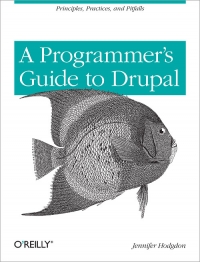
Programmer's Guide to Drupal
Principles, Practices, and Pitfalls
186 Visitas | 259 Descargas | 2013-09-12 19:15:05 | jgramos
If you're a web programmer new to Drupal, this book shows you which programming techniques you can use - and which you should avoid - when building custom web applications with this content management framework. Drupal has its own set of programming principles that require a different approach, and many programmers make mistakes when relying on skills they've used for other projects. The guidelines in this book help you through the transition by demonstrating which programming practices conform to the "Drupal way," and which don't.

Professional WordPress Plugin Development
163 Visitas | 276 Descargas | 2013-09-13 22:01:01 | jgramos
As one of the most popular open source content management systems available today, WordPress boasts a framework that allows you to easily customize and extend it through plugins. This comprehensive book shows you how plugins work, reviews the tools and APIs in WordPress, and demonstrates how to extend the functionality of WordPress with plugins. The trio of authors provides a practical, solutions-based approach along with a collection of timely examples and plenty of code, all aimed at clearly explaining how to create a plugin file, work with users, integrate widgets, add menus and submenus, secure your plugins, and more. You will quickly come to understand how to develop custom plugins so that you can take WordPress to the next corporate and enterprise level.
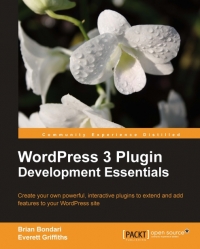
WordPress 3 Plugin Development Essentials
Create your own powerful, interactive plugins to extend and add features to your WordPress site
128 Visitas | 277 Descargas | 2013-09-13 22:02:50 | jgramos
WordPress is one of the most popular platforms for building blogs and general websites. By learning how to develop and integrate your own plugins, you can add functionality and extend WordPress in any way imaginable. By tapping into the additional power and functionality that plugins provide, you can make your site easier to administer, add new features, or even alter the very nature of how WordPress works. Covering WordPress version 3, this book makes it super easy for you to build a variety of plugins. WordPress 3 Plugin Development Essentials is a practical hands-on tutorial for learning how to create your own plugins for WordPress. Using best coding practices, this book will walk you through the design and creation of a variety of original plugins.
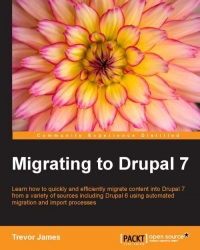
Migrating to Drupal 7
Learn how to quickly and efficiently migrate content into Drupal 7
112 Visitas | 179 Descargas | 2013-09-16 15:19:38 | jgramos
Learn how to import content and data into your Drupal 7 site from other websites, content management systems, and databases. Upgrade your Drupal 6 site to Drupal 7 and migrate your CCK based content into the Drupal 7 fields based framework. Use modules that will automate the import and migration process including the Feeds and Migrate modules. Run additional imports using the Feeds modules to update and add new data and content to your Drupal site.
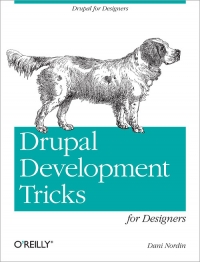
Drupal Development Tricks for Designers
A Designer Friendly Guide to Drush, Git, and Other Tools
108 Visitas | 188 Descargas | 2013-09-16 15:21:05 | jgramos
Take your Drupal skills even further with valuable tricks for making site building truly efficient. In this concise guide - the third in a series by award-winning designer Dani Nordin - you'll learn how to set up your own development environment, quickly update your modules, and use version control to protect yourself from bonehead mistakes. Handle repetitive tasks with ease, avoid hours of frustration, and devote more time to pushing the envelope of Drupal design - just by picking up the basics of a few developer tools. It's much more than simple coding; it's real, honest-to-goodness developer Ninja Magick.
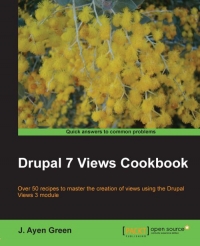
Drupal 7 Views Cookbook
134 Visitas | 203 Descargas | 2013-09-16 15:22:42 | jgramos
Brand new recipe examples using the all new Views 3 UI. A wide variety, including multi-display and programmatic views. Easy-to-follow recipes with plenty of screenshots and demonstrations. Present menu choices for categorized subsets of your content. Create blocks containing interesting lists or randomly selected images. Manipulate the templates to add pizzazz to your views. Administer your views with confidence.
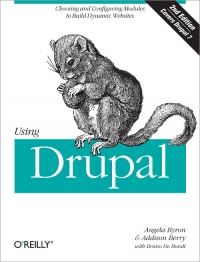
Using Drupal, 2nd Edition
Choosing and Configuring Modules to Build Dynamic Websites
112 Visitas | 186 Descargas | 2013-09-16 15:26:42 | jgramos
Take advantage of Drupal's vast collection of community-contributed modules and discover how they make this web framework unique and valuable. With this guide, you'll learn how to combine modules in interesting ways (with minimal code-wrangling) to develop several community-driven websites - including a job posting board, photo gallery, online store, product review database, and event calendar.
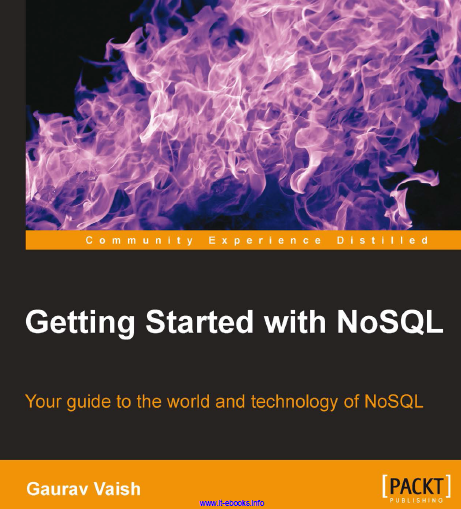
Getting Started with NoSQL
Your guide to the world and technology of NoSQL
153 Visitas | 204 Descargas | 2013-09-16 15:29:46 | jgramos
Relational databases have been used for decades, and in the last few years NoSQL has been a growing choice for large-scale web applications. Non-relational databases provide the scale and speed that you may need for your application. To switch you must know the options available, the advantages and drawbacks, and scenarios which it is suited to the most and where it should be avoided at all costs. Getting Started with NoSQL is a from-the-ground up guide that takes you from the very first steps to a real-world NoSQL application. It provides you with a step-by-step approach to design and implement a NoSQL application that will help you make clear decisions on database choices and database model choices. The book is suited for a developer, an architect, as well as a CTO.
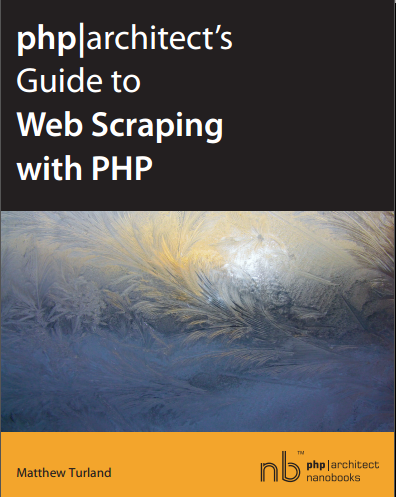
php| architect’s Guideto Web Scraping
166 Visitas | 268 Descargas | 2013-09-19 23:38:54 | jgramos
Web scraping is the future of the Web. I didn’ t believe that when Matthew first approached me, asking me to write the foreword to this book. In fact, I thought quite the opposite. Web scraping? Isn’ t that an old topic — something we used to do in the early days of web development? Why would I want to read about web scraping? Isn’ t it unethical? And you’ re probably asking yourself some of the same questions. So, I started to think about it—about what web scraping really is—and themore I considered it, themore it remindedme of TimBerners-Le’e s vision of a web of linked data, of semantic data, connected together and open for all to share and use. Is not web scraping simply the act of getting data from one source and parsing it to use in your own applications? Is this not the goal of the Semantic Web?
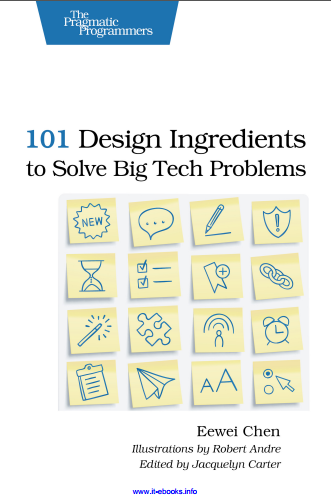
101 Design Ingredients to Solve Big Tech Problems
136 Visitas | 221 Descargas | 2013-09-19 23:45:12 | jgramos
As individuals in organizations, our daily lives are filled with ideas to turn into reality, myriad problems to be solved, lists of core business needs to be fulfilled, and many team and people challenges to be overcome. Regardless of the size of your organization, your position within it, the nature of your product or service, or the impact you have on the world, you play an important part in solving big problems and creating amazing and innovative products and services.
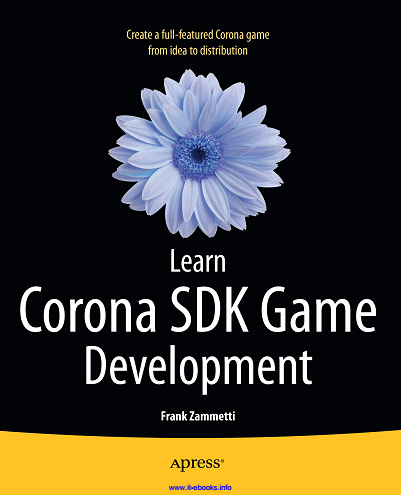
Learn Corona SDK Game Development
IT eBooks
106 Visitas | 181 Descargas | 2013-09-23 13:10:42 | jgramos
Writing mobile apps is hard. Writing mobile gamesis even more so. Why is that? Well, there are probably lots of reasons I could state, but one jumps to the forefront almost immediately: variety. The variety of platforms available today is staggering when you consider developing an application that runs everywhere. From iOS to Android, from BlackBerry to Windows Mobile, not to mention a number of lesser platforms, there are lots of places your app could run. Even if you simply concern yourself with the two market-share leaders, iOS and Android, it’s still a daunting task to develop for both. Sure, you could always develop two versions of the same application targeted for each platform, and plenty of times that’s exactly what is done. That approach, however, has the significant downside of requiring substantially different skill sets and tools, which means you generally need two sets of developers to maintain two completely (or nearly completely, anyway) code bases.
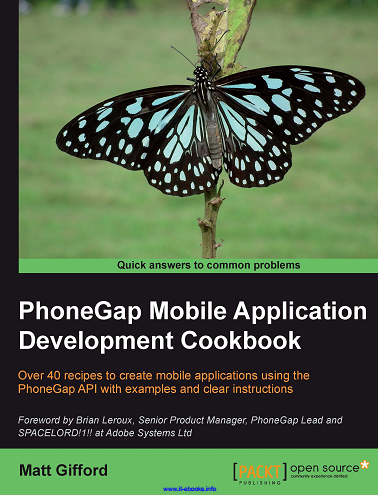
PhoneGap Mobile Application Development Cookbook
IT eBooks
143 Visitas | 1579 Descargas | 2013-09-23 13:14:32 | jgramos
In the summer of 2007, Steve Jobs changed the world by releasing the iPhone and boldly declared the future was web-based applications. A short year later, the story changed, but the vision remained. At this time I was working as "acting CTO" for a very small web consultancy called Nitobi (we gave ourselves joke titles and mine was actually SPACELORD!1!!). The iPhone SDK, not yet called iOS SDK, was just released and a few of my colleagues found themselves at Adobe in San Francisco for the iPhone Dev Camp. They arrived with the ambiguous idea to discover if it actually was possible to realize web technology for app development. Rob Ellis, Brock Whitten, and Eric Osterly succeeded in bridging the UIWebView to make native calls, and the first implementation of PhoneGap was born. A very short time later, Joe Bowser built an Android implementation. Dave Johnson, Nitobi's "real CTO", followed quickly with the BlackBerry implementation. Herein, PhoneGap got real. And then, less than a year from the first commits, in the spring of 2009, I found myself giving one of the first PhoneGap presentations at the first JSConf, and despite me being terribly scared, people loved it.

PhoneGap 2.x Mobile Application Development
139 Visitas | 4784 Descargas | 2013-09-23 13:19:47 | jgramos
Developing apps for mobile devices can be done using many different approaches and languages. Many apps are developed natively; meaning that they are developed in Java, Objective C, or some other language natively understood by the SDK available for the device. While native development allows the greatest flexibility and performance, the problem arises when you want to move an app from one platform to another: suddenly you're writing the app nearly from scratch. Then if you want to move to another platform, the same thing occurs. There's got to be a better way! All current mobile platforms support the idea of web apps. These are applications coded entirely in HTML and JavaScript. For simple apps, or for apps that don't need to interact with the device's capabilities, this works just fine. But the moment you need to access the file system, work with the camera, and so on, you start needing more access to the device. This is where PhoneGap comes in. PhoneGap (built on Cordova) wraps your HTML and JavaScript with just enough of a native app to let your web app feel more at home on the device. This wrapper is different for each platform, but exposes common capabilities in a consistent way. This helps you to write less code across multiple platforms.
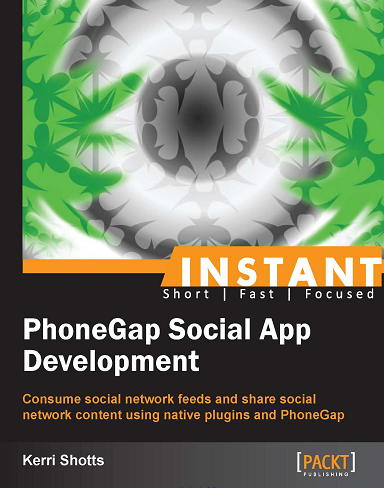
PhoneGap Social App Development
108 Visitas | 301 Descargas | 2013-09-23 13:24:45 | jgramos
Welcome to PhoneGap social app development. Social networking has changed the way we share information in our world. Where it used to be an e-mail to a friend (or even a letter!), now it's a tweet or a Facebook post, often for the world to see. What's even more amazing is how relatively young the various social networks are and how quickly they have changed the way we communicate and consume information. Because of this transformation, our apps need to support sharing to social networks, lest our app appear dated.
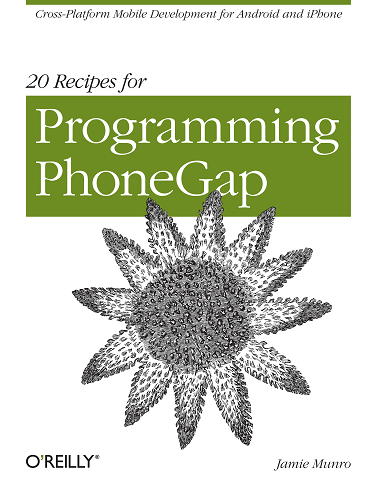
20 Recipes for Programming PhoneGap
124 Visitas | 368 Descargas | 2013-09-23 13:27:18 | jgramos
PhoneGap is a library that allows developers to interface directly with a mobile device through the use of its JavaScript libraries. With the multitude of mobile platforms it isvery difficult and expensive to create multiple applications in Java, Objective-C, or other native languages. Through the PhoneGap library, most web developers can convert their existing knowledge of HTML, CSS, and JavaScript into mobile phone applications with very little effort. In this book, I will explore many common features of mobile development and how they are accomplished with PhoneGap. This will include GPS location, maps, media, accelerometers, and much more.
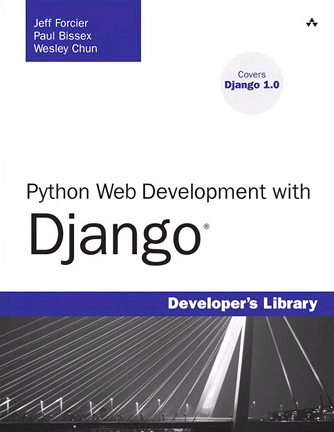
Python Web Development with Django
241 Visitas | 389 Descargas | 2013-09-23 14:42:20 | jgramos
Greetings,and welcome to Django! We’re glad to have you along on our journey.You will discover a powerful Web application framework that lets you do everything rapidly—from designing and developing the original application to updating its features and functionality without requiring major changes to the codebase.
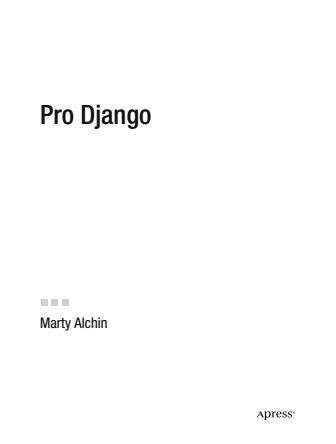
Pro Django
153 Visitas | 230 Descargas | 2013-09-23 14:44:36 | jgramos
Pro Djangorepresents two and a half years of accumulated knowledge in Python and Django, designed to educate readers who are already familiar with both topics and would like to take them further than they had previously done. You will learn a wide range of advanced techniques available in both Python and Django, along with tips on how to use them to achieve advanced functionality. This book is designed to be both a narrative to be read from start to finish and a general reference to be searched for specific information. Since you may not know what to look for or where to find it yet, feel free to read through the book first, then keep it handy for refreshing your memory as necessary.
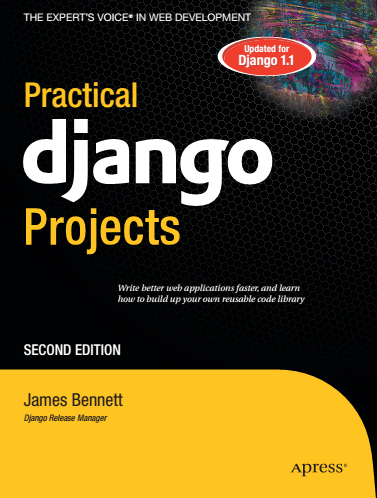
Practical Django Projects
169 Visitas | 279 Descargas | 2013-09-23 14:47:31 | jgramos
Web development is hard, and don’t let anybody tell you otherwise. Building a fully functional, dynamic web application with all the features that users want is a daunting task with a seemingly endless list of things you have to get just right. And before you can even start thinking about most of them, you must do a huge amount of up-front work: set up a database, create all the tables to store your data, plan out all the relationships and queries, come up with a solution for dynamically generating the HTML, figure out how to map specific URLs to different bits of code, and more. Just getting to the point where you can add features your users will see or care about is a vast and largely thankless job. But it doesn’t have to be that way. This book will teach you how to use Django, a “web framework” that will significantly ease the pain of embarking on new development projects. You’ll be able to follow along as you build real-world applications, and at every step you’ll see how Django is there to help you out. At the end, you’ll come to a wonderful realization—that web development is fun again.

Practical Load Balancing
98 Visitas | 157 Descargas | 2013-09-23 14:55:25 | jgramos
The Internet, and in particular the World Wide Web, have effectively leveled the playing field for businesses and individuals around the world. Do you have a great idea for a web site or a service? Even the more advanced ideas can be relatively easily and cheaply realized without much in the way of initial outlay. You can get shared hosting for a few pennieseach month, and dedicated servers (virtual or otherwise) are getting to the point where they are cheaper now than managed web hosting was just a few years ago. This is all well and good, and being able to start out despite having just a few coins to rub together is certainly a great achievement. But what do you do when you want to take your application to the next step? What if it really starts to take off and you find you have the new Facebook or Amazon on your hands. What do you do then?
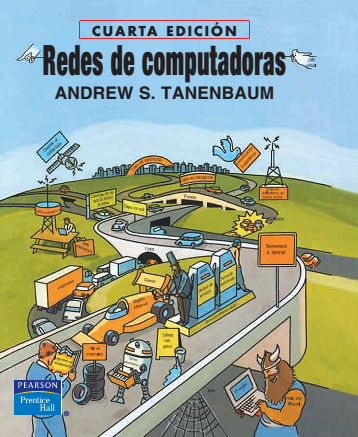
Redes de Computadoras
225 Visitas | 339 Descargas | 2013-09-23 14:58:49 | jgramos
La presente es la cuarta edición de este libro. Cada edición ha correspondido a una fase diferente de la manera en que se usaron las redes de computadoras. Cuando apareció la primera edición, en 1980, las redes eran una curiosidad académica. Para la segunda edición, en 1988, las redes ya se usaban en universidades y en grandes empresas. Y en 1996, cuando se editó por tercera vez este libro, las redes de computadoras, en particular Internet, se habían convertido en una realidad cotidiana para millones de personas. El elemento nuevo de la cuarta edición es el rápido crecimiento de las redes inalámbricas en muchas formas. El panorama de las redes ha cambiado radicalmente desde la tercera edición. A mediados de la década de 1990 existían varios tipos de LANs y WANs, junto con pilas de múltiples protocolos. Para el 2003, la única LAN alámbrica de amplio uso tal vez sea Ethernet y prácticamente todas las WANs estarían en Internet. En consecuencia, se habrá eliminado una gran cantidad de material referente a estas antiguas redes. Sin embargo, también abundan los nuevos desarrollos. Lo más importante es el gran aumento de redes inalámbricas, como la 802.11, los ciclos locales inalámbricos, las redes celulares 2G y 3G, Bluetooth, WAP (protocolo de aplicaciones inalámbricas), el i-mode y otros. De acuerdo con esto, se ha agregado una gran cantidad de material a las redes inalámbricas. Otro tema importante y novedoso es la seguridad, por lo que se ha agregado todo un capítulo al respecto
Contribuir
Usted puede contribuir con Libros UCLV, es importante para nosotros su aporte..
Contribuir